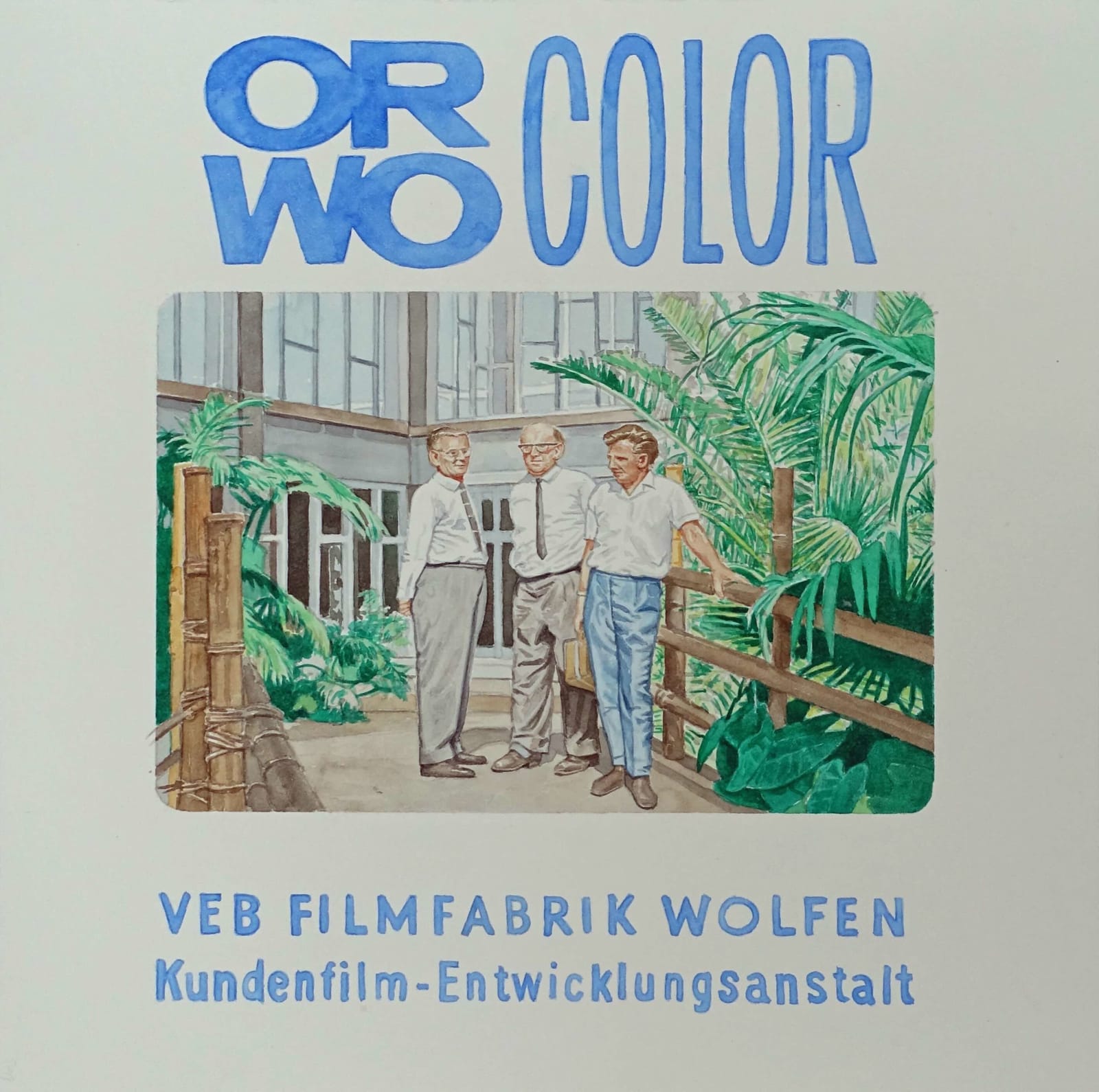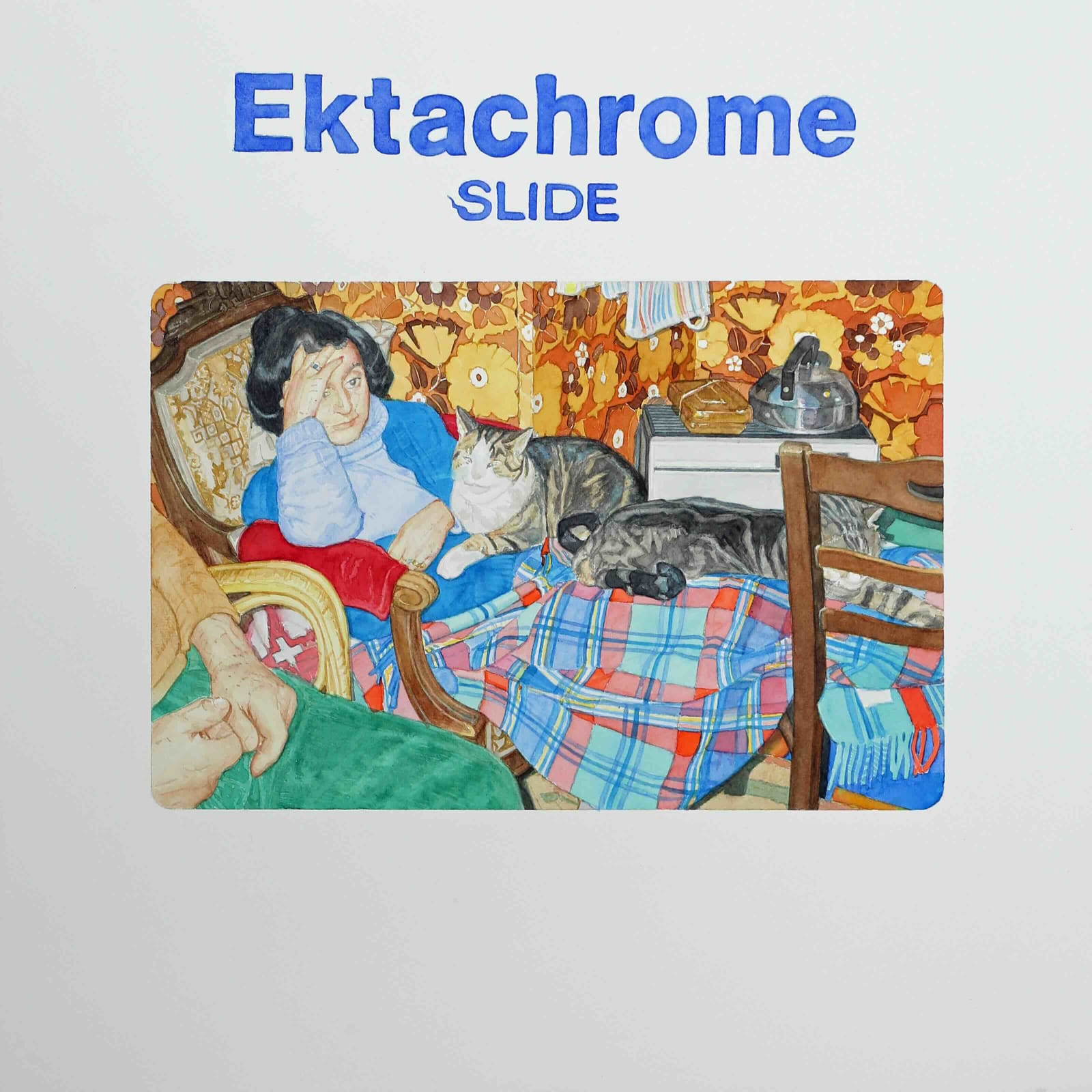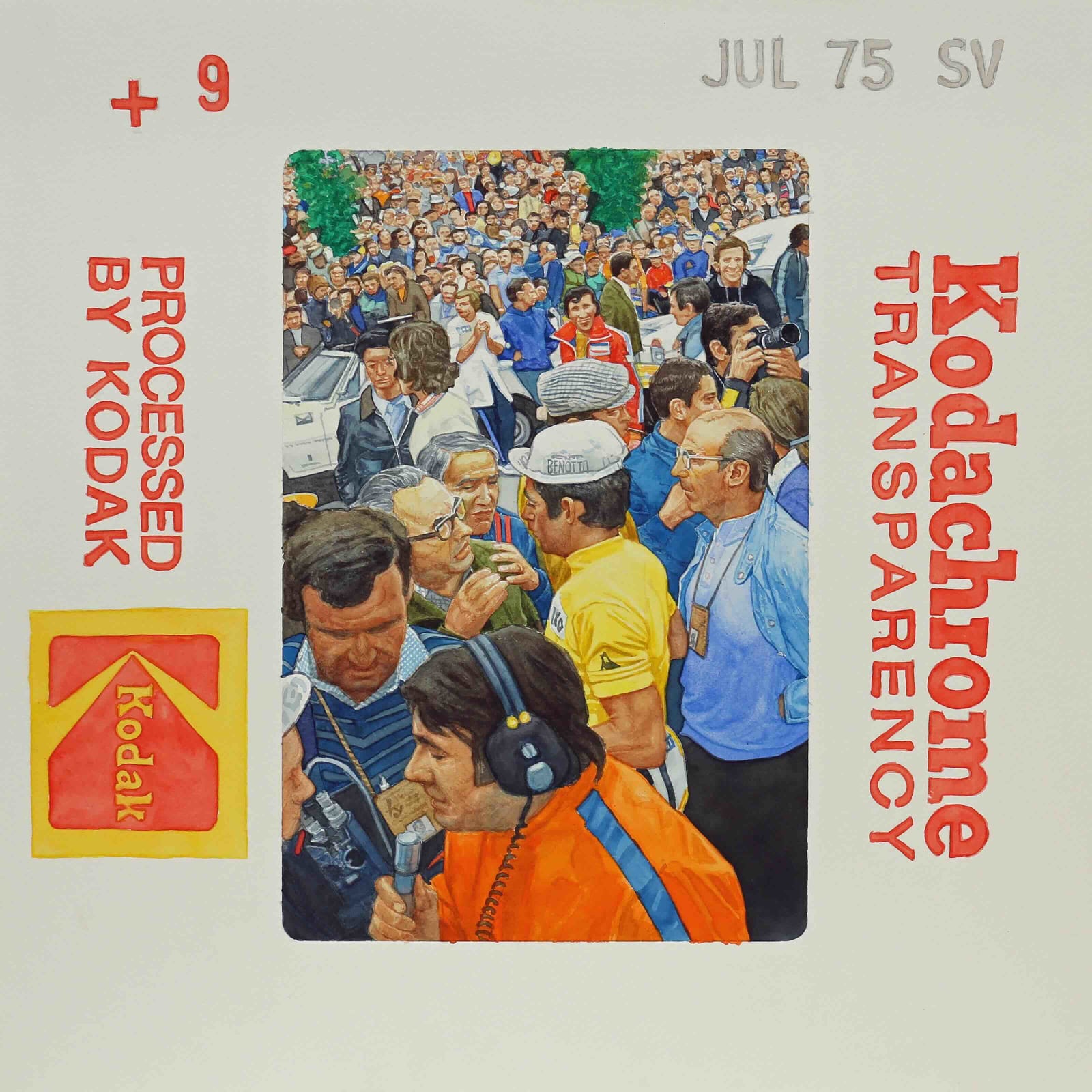Drawing Now: Stéphane Belzère⎜Diaquarelles
For its first participation in Drawing Now, Jean-Marie Oger presents a solo show of Stéphane Belzère, focused on his "Diaquarelles".
Since 2019, Stéphane Belzère has been developing a series of watercolors, based on family, promotional slides or on archival funds - such as that of the École des Beaux-Arts in Paris - collected from relatives, friends or anonymous people. It is about exploring a world of sidelined and abandoned analog images, because exponentially replaced by the arrival of digital technology.
The painter has decided to refuse a hierarchy of subjects, only motivated by the quality - or the defects that make all the interest - of these professional or amateur reversal films: "analog photography was not such a simple process: the 'private' images that I use are often overexposed, underexposed, poorly framed... With imperfect slides, I can redefine the format, the framing, rework and extract a redistilled image. It matters to me to find a correlation between the subject represented and the technique used".
The "Diaquarelles" offer a journey through time and space seen through the eyes of strangers or personalities. There are family life scenes, holiday memories, advertisements, documentary archives, scientific compilations, historical testimonies, medical images, artists at work or in openings... It is a retrospective - and retro - patchwork of the world and its recent evolution, between frivolity and seriousness, anecdote and history. The whole series constitutes an unexpected repertoire of poetry of reality.
The material from these various funds provides Stéphane Belzère with an inexhaustible reservoir of new motifs, while enabling him to revisit - voluntarily or not, at random in his discoveries - themes from his past work, such as the collection of antique plasters from the École des Beaux-Arts, the city of Berlin, the anatomical jars from the National Museum of Natural History in Paris, the private portraits of his parents (painters Jürg Kreienbühl and Suzanne Lopata). Above all, his "Diaquarelles" give him the possibility of broadening his own vision by appropriating the eye and the sensibility of others.
Each "Diaquarelle" is presented as the image of a slide, transcribed with its plastic frame, its brands' visual identity or its possible handwritten annotations, in a 40 x 40 cm or 50 x 50 cm format, i.e. an enlargement rate of eight or ten times. The use of watercolor on white paper - the "color" of most of the slide frames - reminds the plastic quality of these films. In this series, Stéphane Belzère continues his work on transparency and light by inventorying the representations of our individual and collective memory in which each of us will recognize a part of his history.











